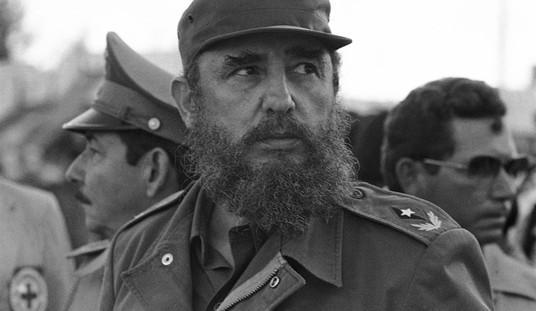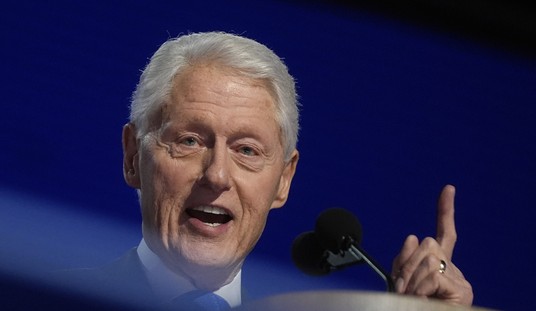This morning, Marines old and young gathered around a long-unmarked grave in the cemetery of the Arch Street Quaker Meeting House to honor a man that same Quaker community once disavowed — Maj. Samuel Nicholas, the first commander of the Continental Marines, now known as the U.S. Marine Corps.

Today marks 250 years of the Marines’ history, as they were founded in Philadelphia’s Tun Tavern on Nov. 10, 1775, with Nicholas as the first commissioned officer. Like fellow Philadelphia Quaker Betsy Ross, Nicholas realized that the Quakers had been wrong to disavow all war, that there are some rights worth fighting for and some battles that a free man and a Christian must wage.
Nicholas was born in 1744 to a prominent Quaker family and raised in their pacifist belief system. But when the Revolution began in 1775, Nicholas believed that here was a just and righteous cause, and one for which he should take up a firearm. On Nov. 10, 1775, the Continental Congress raised two Marine battalions, and later that month Congress’s President John Hancock appointed Nicholas the first commissioned officer of the new military force.
Read Also: ‘To Fight Is to Win’: Irish Fed Up With Mass Migration
In December 1775, Quaker shipbuilder Joshua Humphreys, another Revolutionary sympathizer among the pacifist sect and nicknamed “Father of the American Navy,” led the alterations on the Black Prince that would turn it into the 24-gun frigate Alfred. In March of 1776, Cap. Samuel Nicholas and Commodore Esek Hopkins boarded the newly outfitted frigate and headed for Nassau, the Bahamas, with 284 Marines. It was the Marines’ first amphibious raid. From the Arch Street Meeting House’s sign:
The attack caught the British troops by surprise, and the Marines captured 24 powder casks, 2 forts, 88 canons, 15 mortars, and other military stores. It is considered one of the most successful naval operations of the Revolutionary War.
By July of 1776, Nicholas’s Quaker community had disavowed him for his patriotic military service. Ironically, 250 years later, the Quakers’ meeting house was the scene for today’s historic commemoration of Nicholas.
Major Nicholas survived the war but died in 1790 while still in the prime of his life due to a devastating yellow fever epidemic. He was allowed to be buried in the Quaker burial plot, but since Quakers rarely use gravestones and never for soldiers, it was not until recent years that his remains were identified.
In 2011, the Marines erected a memorial marker next to Nicholas’s plot. Though he did not bear the title, his leadership of the Marines led to his being considered the first commandant of the Marine Corps. He is now honored multiple times a year by Marines and veterans at his grave.
Recommended: A ‘Wall Woodpecker’s’ Memory of the Berlin Wall’s Fall
Today, we celebrate all the great men who wore the Marine Corps uniform, including my great-uncle Bruce Webb, especially those who gave the last full measure of devotion. But it is appropriate that we particularly recall and honor Maj. Samuel Nicholas and his few hundred Continental Marines, who carried out one of the most successful Revolutionary War operations after they, two and a half centuries ago today, founded one of the greatest fighting forces in history.
Editor’s Note: Support and follow PJ Media’s latest reporting on President Trump's historic work to restore the rule of law. Join PJ Media VIP and use promo code POTUS47 to get 74% off your membership before our Schumer Shutdown promotion ends.










Join the conversation as a VIP Member